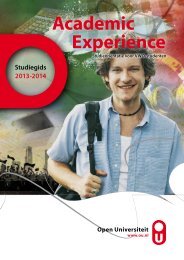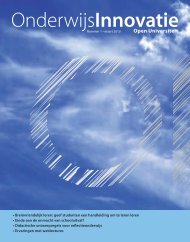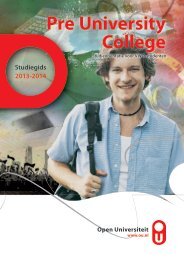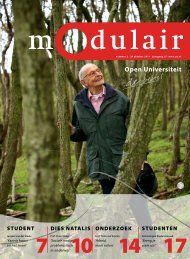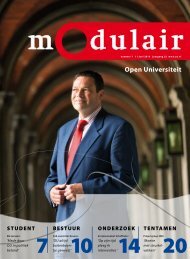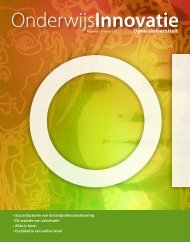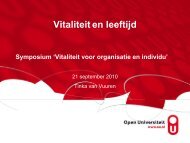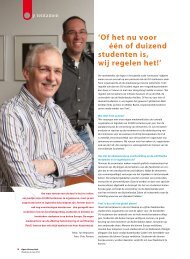TEACHING OLD DOGS NEW TRICKS: A PARADIGM OF LIFELONG ...
TEACHING OLD DOGS NEW TRICKS: A PARADIGM OF LIFELONG ...
TEACHING OLD DOGS NEW TRICKS: A PARADIGM OF LIFELONG ...
Create successful ePaper yourself
Turn your PDF publications into a flip-book with our unique Google optimized e-Paper software.
submits. In brief, learning to learn (otherwise, prompting old dogs to learn how to learn)<br />
involves:<br />
• understanding the demands that a learning task makes;<br />
• knowing about intellectual processes and how they work;<br />
• generating and considering strategies to cope with the task;<br />
• getting better at choosing the strategies that are the most appropriate for the<br />
task; and<br />
• monitoring and evaluating the subsequent learning behaviour through feedback<br />
on the extent to which the chosen strategies have led to success with the task.<br />
Boosting Academic Commitments through Delayed Utterances<br />
Prominent in academic behaviour is that learners learn differentially even under similar<br />
conditions. But the dimension on how socio-environmental situation impact on the<br />
learners’ ability to acquire and use generated and created information is a constant<br />
research focus. Under the circumstance therefore, teaching-learning environment<br />
should be so arranged that learners of multiple background would have the<br />
opportunities to be assisted to learn. While emotion is involved in the learners’ abilities<br />
to articulate learning materials to a beneficial level, the PFs should delay their<br />
unbecoming utterances in order to facilitate adequate and expected learning. Many of<br />
today’s DLs may be completely nonplussed due to negative and derogatory statements<br />
either from their peers or their academic mentors.<br />
In the contribution to the sustainability of learning effectiveness and in particular,<br />
facilitating how human emotions can be directed in the achievement of meaningful<br />
academic results (i.e. research behaviour), Dunn & Dunn (1978) said that learners are<br />
affected by their:<br />
i. Immediate environment;<br />
ii.<br />
iii.<br />
iv.<br />
Own emotionality;<br />
Sociological needs; and<br />
Physical needs. Other studies implicating the beneficial effect of learners’<br />
emotionality and how it could be harnessed in boosting academic behaviour<br />
include that of Osiki (2008).<br />
The learner’s emotional status is a combination of four indices which include:<br />
i. Presence of environmental stimulus;<br />
ii.<br />
iii.<br />
iv.<br />
Sense of heightened physiological arousal;<br />
Personal idiosyncrasies; and<br />
Cognitive appraisal of any given situation.<br />
For the professional teacher to acquire information germane to their individual<br />
development, the state of their mental stability and happiness should be congenial as<br />
Osiki, (2008) posits. Learners academic/professional behaviour and, in particular,



